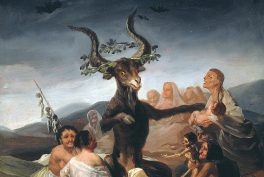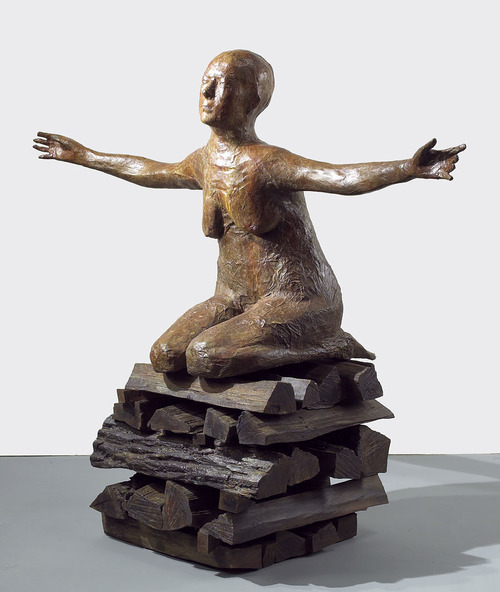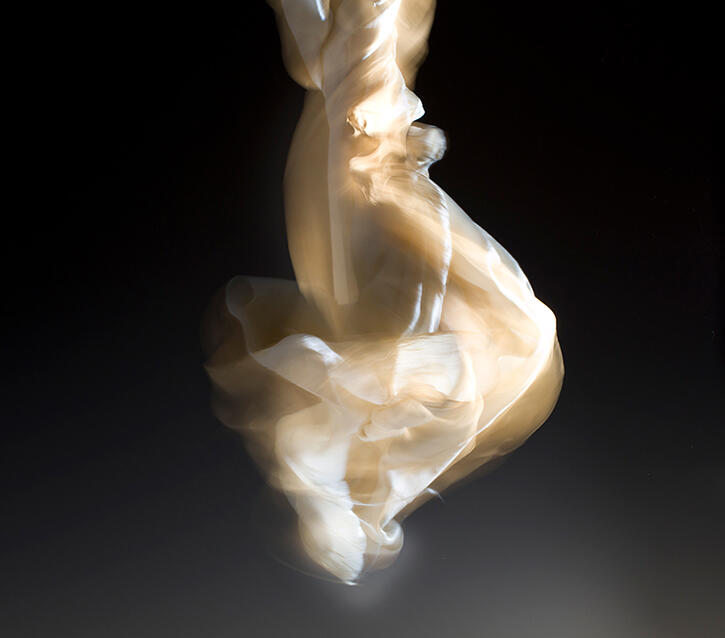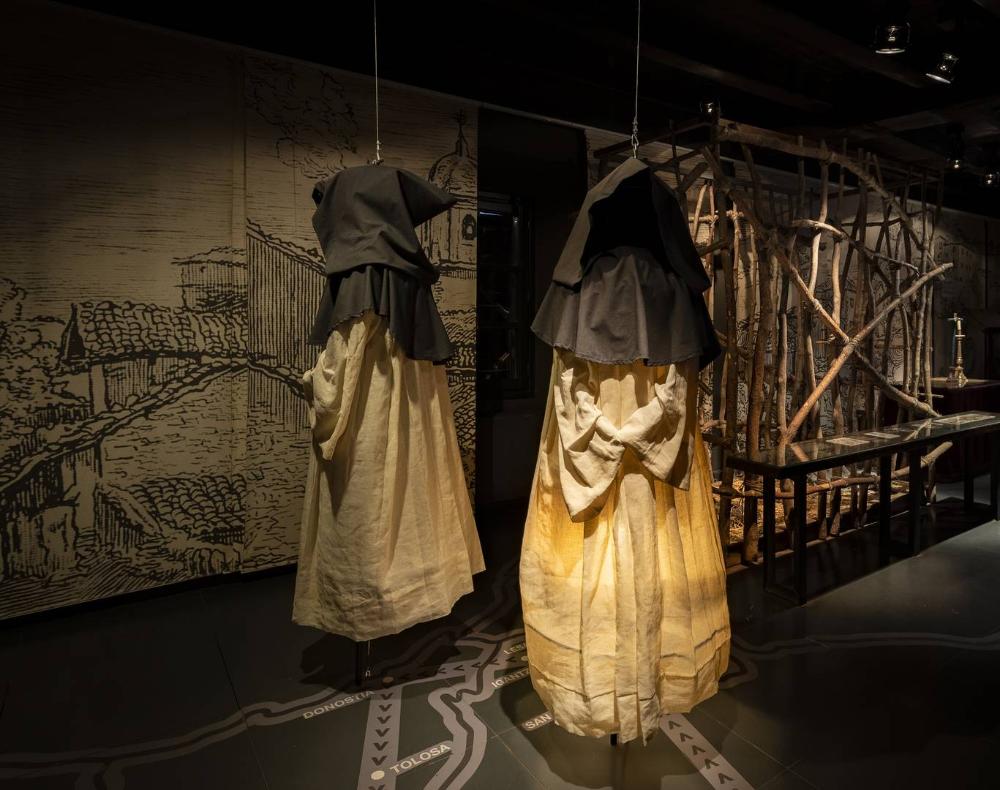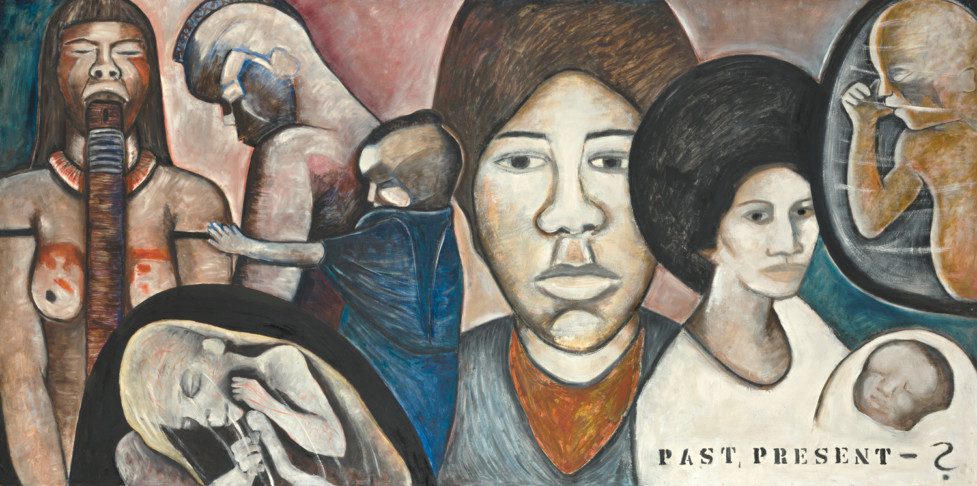Rich or Poor
If a woman owns land or has wealth, she is often accused of gaining it through sinful means. A tactic seen historically in Europe and now prevalent in parts of India is the “land-grab” strategy. Here, landowning women, typically older widows, are accused of witchcraft, leading to their ostracization and eventual abandonment of their homes. Subsequently, their neighbors seize their land. Similarly, impoverished women face similar risks. In Nepal, for instance, low-caste women with limited resources and no financial means might be scapegoated for disease epidemics or livestock illnesses.
Child Witches
In Benin, babies born in the breech position—meaning not head first—are branded as witches. These innocent infants are unjustly accused of causing failed crops or community illnesses, often leading to their abandonment or even death. Shockingly, instead of combatting this barbaric practice, some government and church officials exploit these fears of witchcraft to stoke hysteria.
In the UK, cases of child abuse linked to faith have resulted in exorcisms, starvation, and genital mutilation of children perceived as rebellious, ill, or disabled.
Witches in the UK
The scenarios mentioned above are unfortunately echoed in various forms worldwide. It is important to clarify that the intention of this article is not to shame or stigmatize any particular culture or country. In the UK, there have been approximately 2,000 reported and investigated cases of ritual abuse, with many more going unreported due to fear of repercussions.
During the Coronavirus pandemic, some unscrupulous faith leaders and churches took advantage of community fears by claiming to offer cures through prayer. For instance, a church in London was found selling a “plague cure kit” comprising a bottle of oil and a bundle of red yarn. In this instance, it could be argued that the church was essentially exploiting community anxieties akin to historical witch hunts, but for financial gain.
Politics and Power
The term “witch hunt” is often tossed around by politicians, celebrities, and media outlets to criticize everything from sexual assault allegations to political corruption. However, this casual use belies the harsh reality that actual witch hunts continue to lead to mutilation and murder in many parts of the world.
Ironically, historical witch trials rarely targeted the rich and powerful, who often escaped true justice. This stark contrast highlights the misuse of a powerful phrase that trivializes the profound suffering and injustice experienced by vulnerable individuals still caught in the grip of witchcraft accusations today.
What’s Next?
The figure of the witch holds powerful symbolism today. We recognize that individuals may identify as witches and practice magic, spirituality, or nature-based paganism. Discussions on power dynamics, gender, and feminism often arise from these identities, sparking thought-provoking ideas.
However, using accusations of witchcraft to justify gender-based violence? No. Spreading false claims in response to escalating global economic disparities? No. Allowing local superstitions to escalate into violence amid social tensions? No. Whether driven by fear, ignorance, or prejudice, mob violence disguised as witch hunts must end.
What’s needed now is education and dialogue, and, above all, justice. It’s time to confront these issues openly and ensure that all individuals are treated fairly and with dignity.



